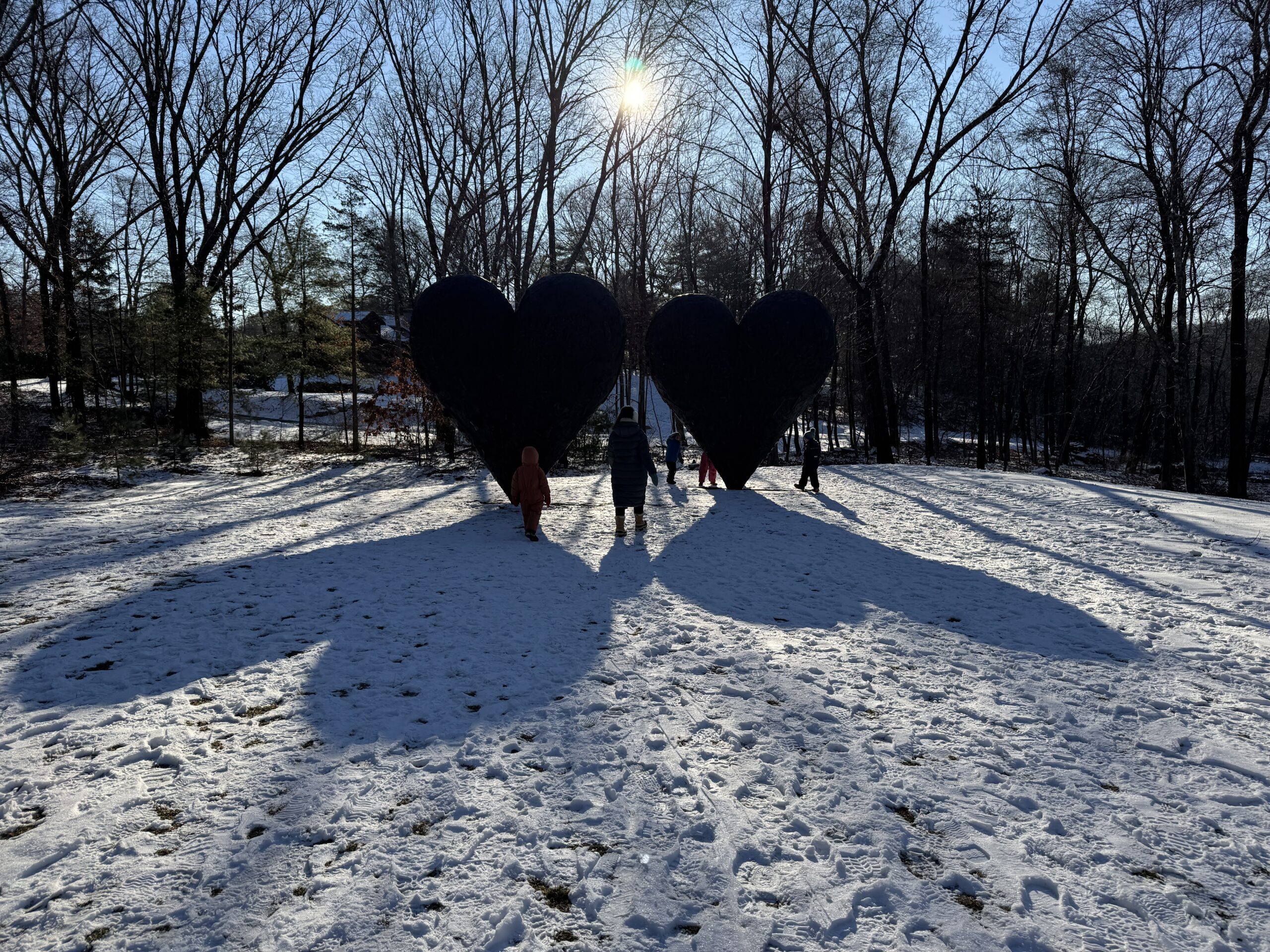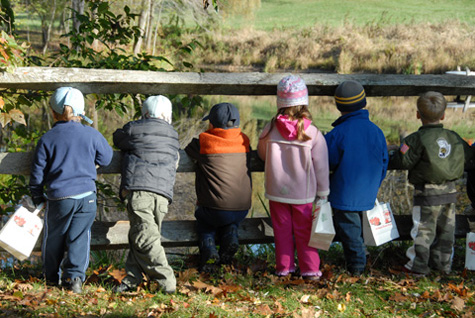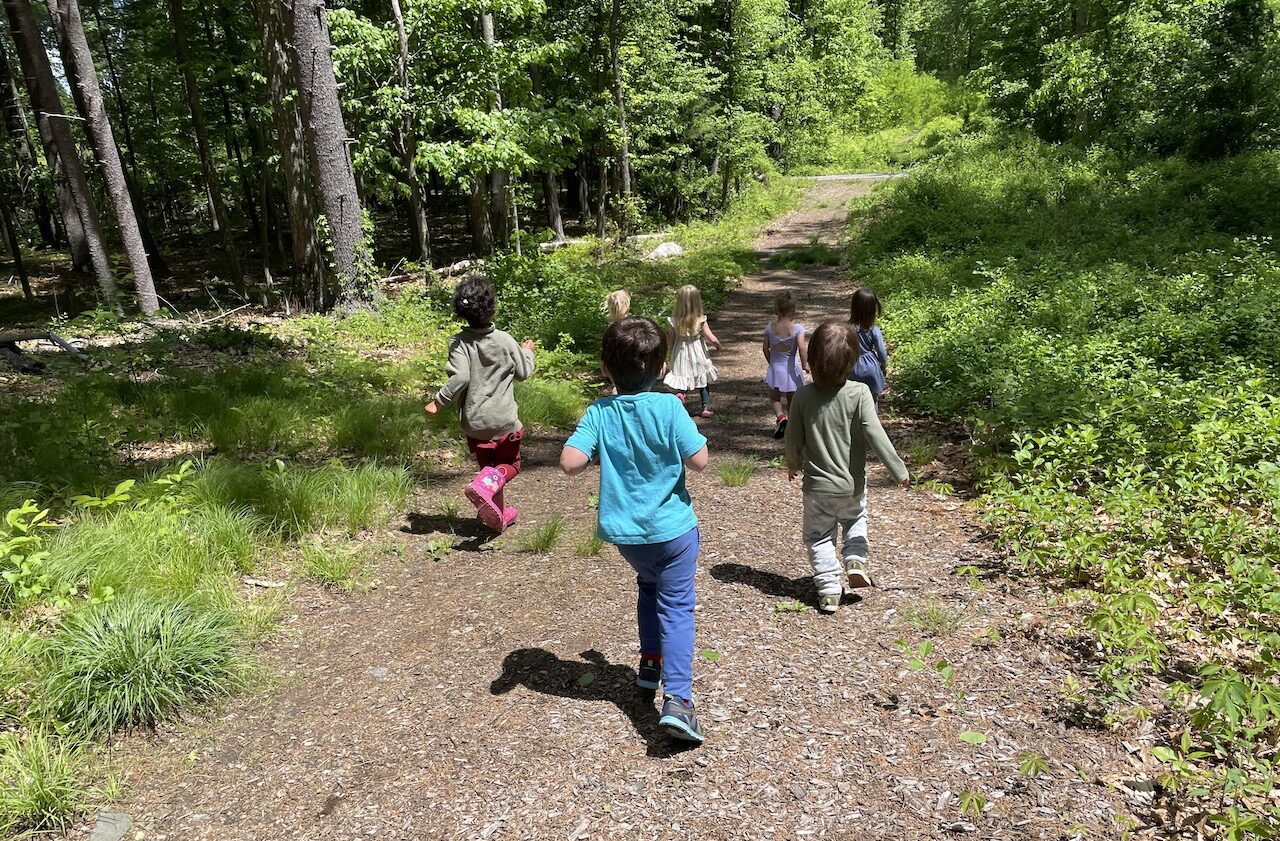
Our Approach & The Importance of Play
Lincoln Nursery School is inspired by the schools of Reggio Emilia, Italy. Our curriculum is rooted in our respect for children’s interests, ideas, and abilities. The curriculum emerges and evolves through a dynamic process of observation and documentation of children’s play. Open-ended materials are offered within intentionally designed environments, inspiring children to make meaning and connections. Children are agents of their play, sharing ideas, developing theories, experimenting, and recognizing their similarities and differences as citizens of the world.
Children learn best through play: making choices, solving problems, planning what they are going to do and gaining a sense of agency. Play, the foundation of every child’s social, emotional, physical, creative and cognitive development, is a natural medium for children to work through experiences, ideas and feelings. It is the foundation of curriculum at LNS.
Documentation
Observing children’s play and documenting their dialogue and interactions, provides an understanding of each child and the group dynamic.
Children’s learning processes become shared knowledge through documentation. By taking time to listen to the child, we understand how they give meaning to their world. Documentation can be seen throughout the classroom in written pieces, displays of works, and photographs. Teachers post weekly blogs sharing the curriculum as it develops.
Materials
Children use a rich variety of materials to tell their stories, solve problems, and develop relationships.
Their thinking processes are represented through drawing, block building, dramatic play, sensory play, writing, painting, sculpting, and more. Teachers and children collaborate and reflect, continuing a process of inquiry until the process or project meets the child’s expressed intent.



